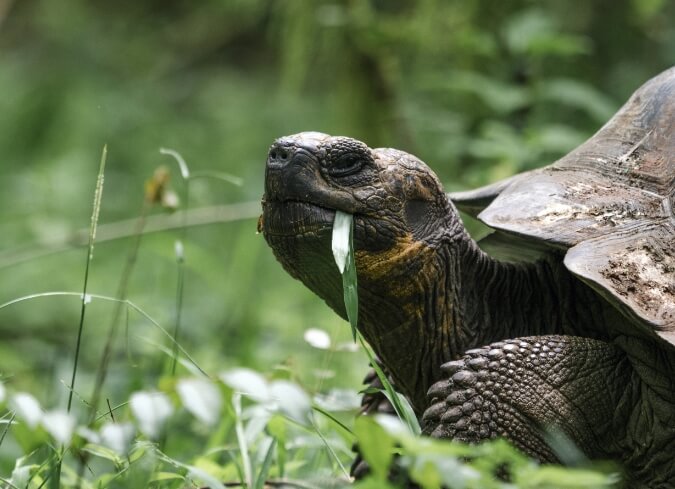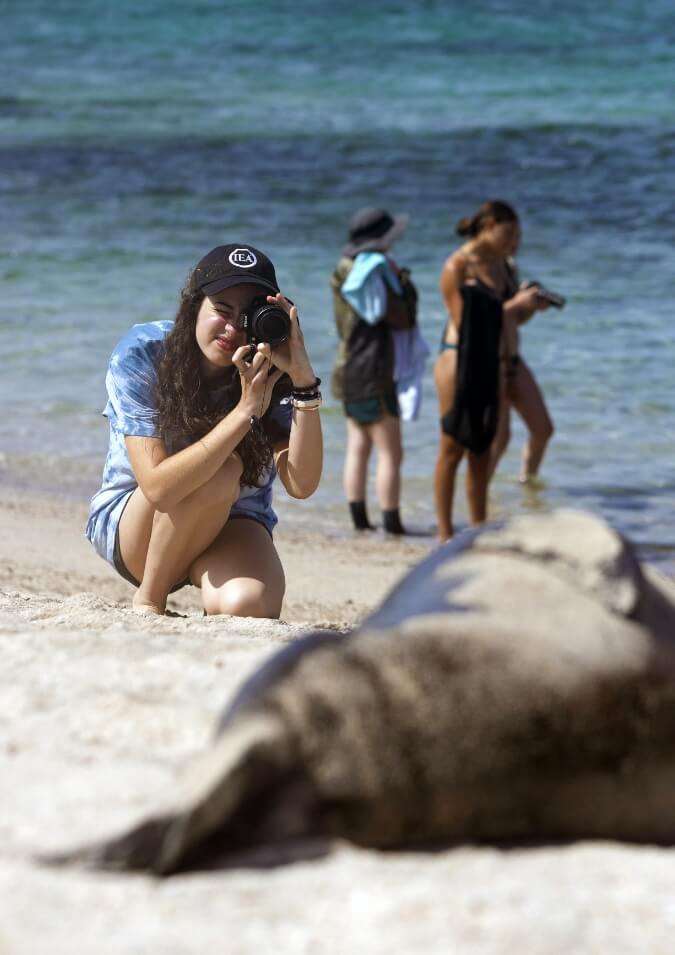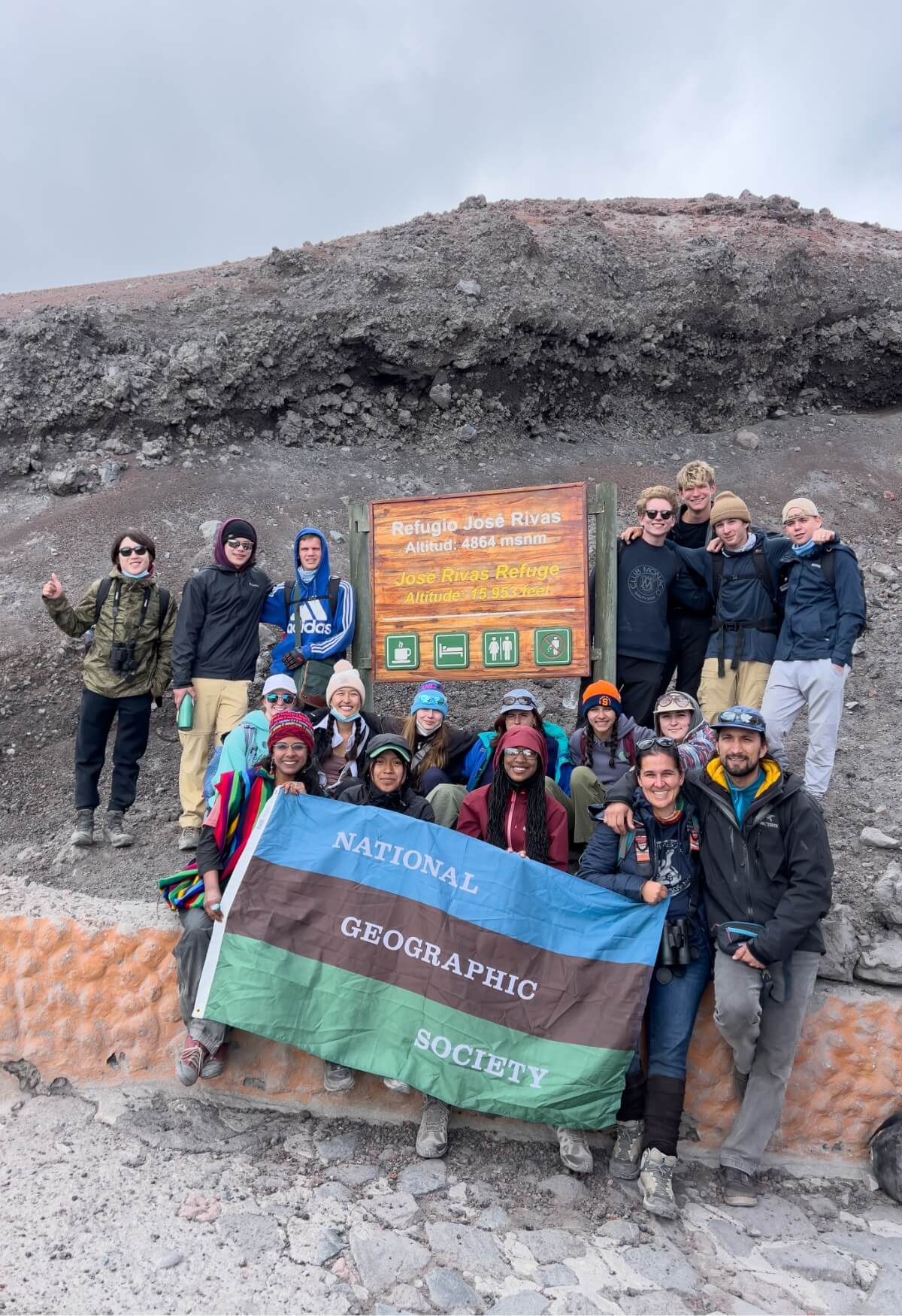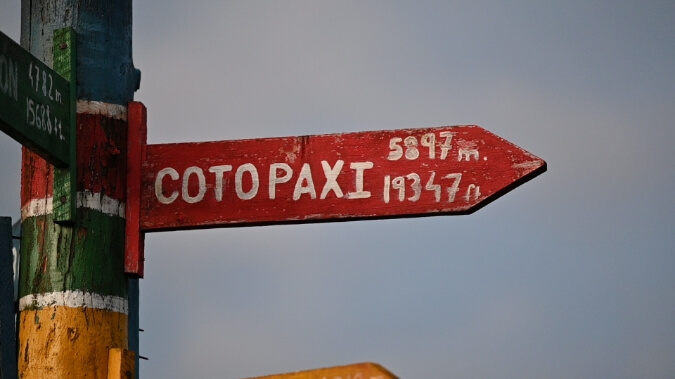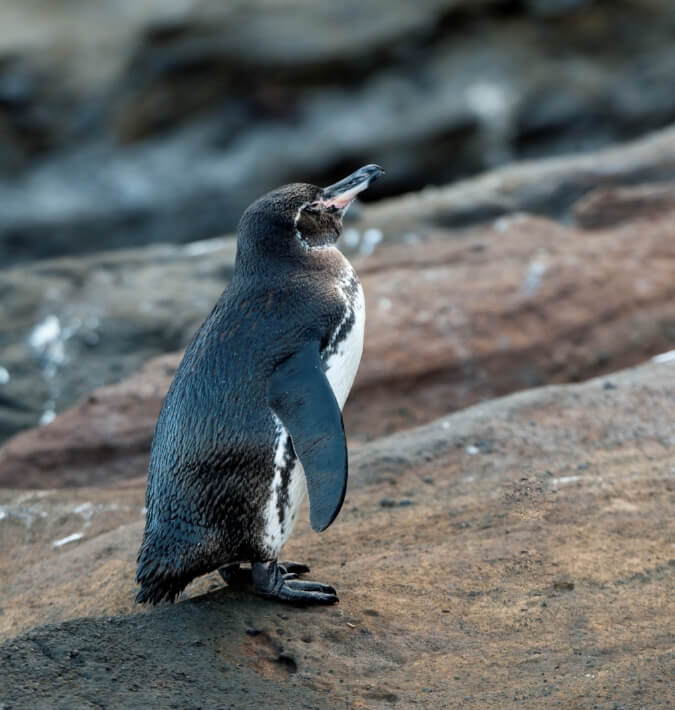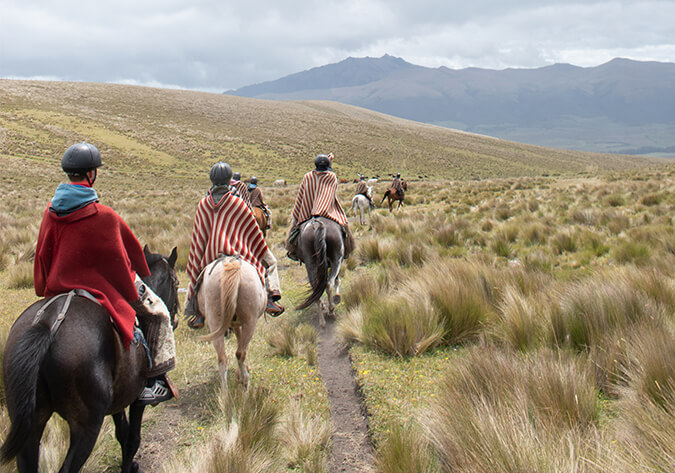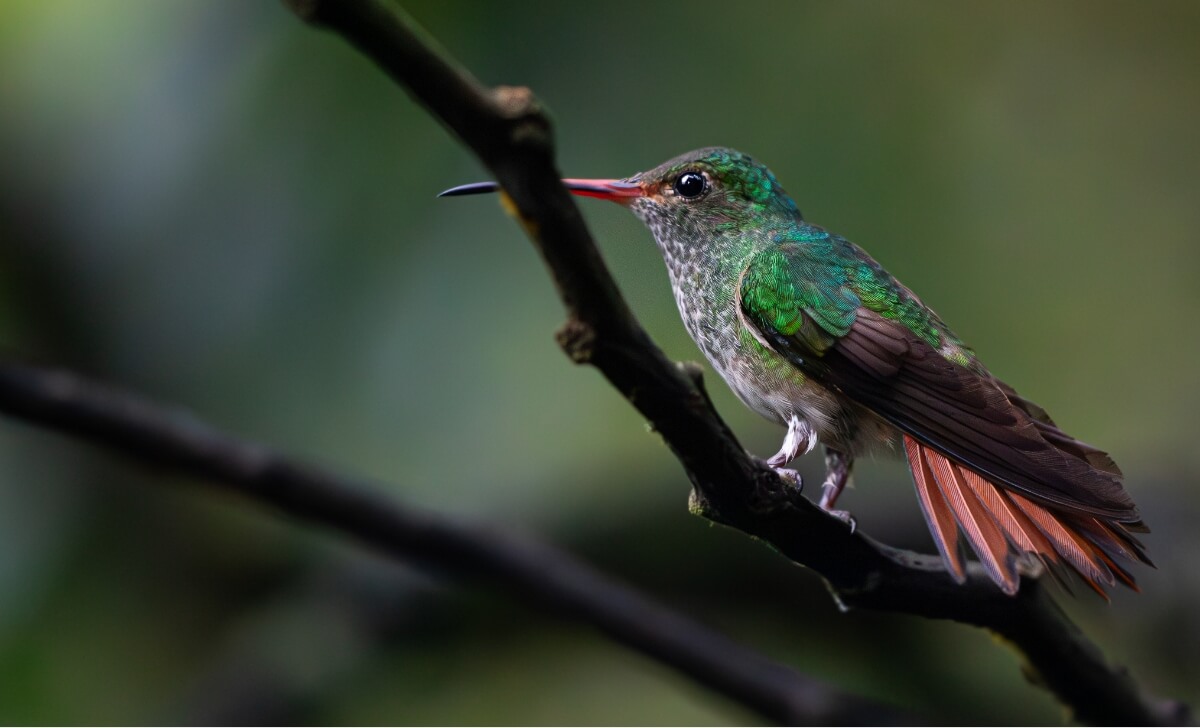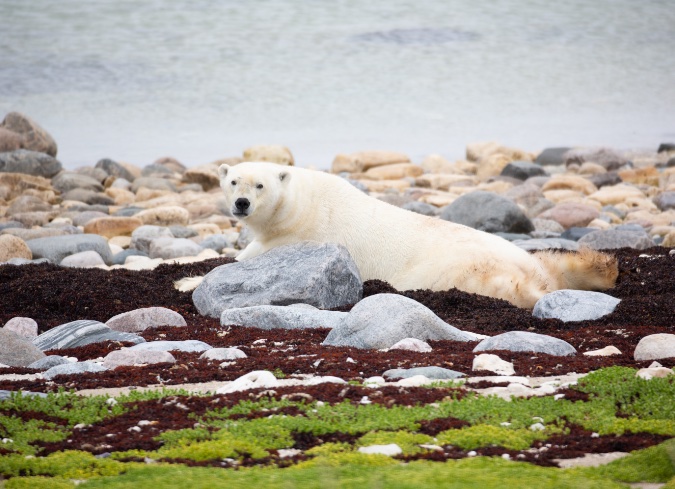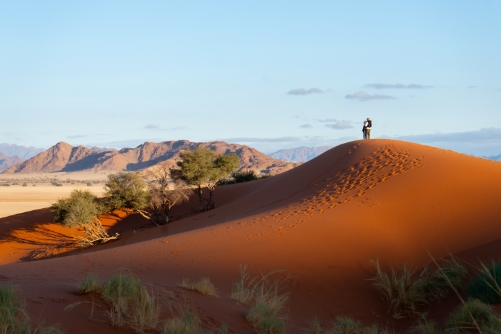Ecuador & the GalápagosBiodiversity Hotspot
This summer, travel to Ecuador, one of the world’s most biodiverse countries to learn about wildlife conservation or photography. Begin in the lush Chocó cloud forest before ascending to the Andean páramo, a highland ecosystem considered to be one of the fastest evolving regions on Earth. Then, explore the geologically unique landscapes and extraordinary wildlife of the Galápagos Islands, home to giant tortoises, lava tunnels, equatorial penguins, marine iguanas, and blue-footed boobies. During the program, choose either the Photography or Wildlife Conservation On Assignment theme, and delve into learning under the guidance and expertise of marine biologists, naturalists, photographers, and community conservationists.
Details
Highlights
- Meet with conservationists working to protect endangered Galápagos species
- Ride horseback and photograph the sweeping Andean páramo landscape
- Hike up to a glacier on the still-smoldering Cotopaxi Volcano
- Observe sea turtles and Galápagos penguins in their natural habitat
Meet the Expert
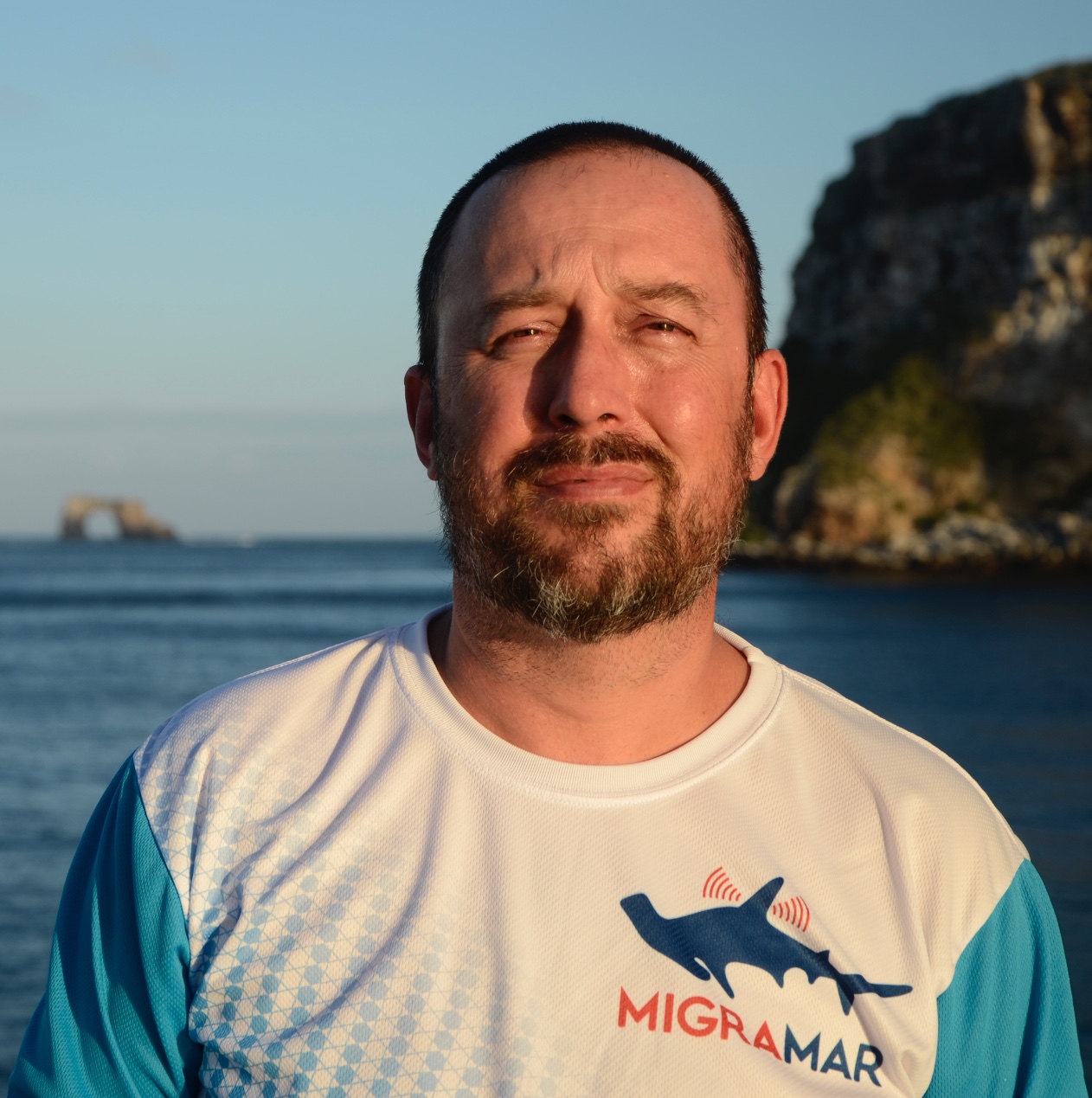 |
Alex Hearn, Ecologist |
Alex Hearn is a marine fisheries ecologist with 20 years of experience working in Galápagos. He is has been a professor and researcher at the Universidad San Francisco de Quito (USFQ) and the Galápagos Science Center since 2015. He obtained his BSc in Oceanography and Marine Biology from the University of Southampton, UK; and his MSc and PhD from Heriot-Watt University in the Orkney Islands. He has worked on the Galápagos islands since 2002 on fisheries research and management, and spearheaded the development of the Shark Research Program since 2006. He is a founding member and current board president of the regional research network, MigraMar. Alex was made co-champion of the Mission Blue Galapagos Hope Spot in 2020.
His current projects include using acoustic and satellite telemetry to establish the migratory pathways of sharks, evaluating the movement ecology of the pelagic assemblage around oceanic islets, and monitoring shark nursery grounds. Alex has published over 60 peer review research articles and over a dozen book chapters. He recently led the multi-institutional team of biologists to develop a blueprint for improved conservation of the open waters outside the Galápagos Marine Reserve, a process which resulted in the creation of the new Hermandad Reserve in 2022.
Itinerary
This itinerary represents our best projection of the group’s schedule. However, we may implement changes designed to improve the quality of the program.
- Departure
- Travel Day
Meet your fellow high school student travelers and one or more of your leaders in Miami and fly together to Quito, Ecuador.
- Quito
- 2 days
Arrive in Quito, Ecuador, and settle into your accommodations near Quito’s historic center. Get to know your group and On Assignment team during an in-depth orientation. Explore Quito’s historic downtown and learn more about Ecuador’s history and highland culture before heading out into the field.
- Mindo
- 3 days
Travel northwest to Mindo, a welcoming town nestled in the Andean cloud forest. Hike to stunning waterfalls and hone your wildlife observation skills by identifying some of Ecuador’s 1,500 bird species. Practice wildlife photography in the Bosque Protector Mindo-Nambillo Reserve. Fly through the forest canopy on ziplines, and float down the river on a tubing adventure. Learn about the region's biodiversity and ecotourism efforts on guided walks with local naturalists and community members, and volunteer with service projects. Build relationships with members of the local communities through activities and while participating in reforestation projects with local volunteers.
- Un Poco del Chocó
- 2 days
From Mindo, head deeper into the Andean cloud forest (the chocó) to a nature reserve and biological field station called Un Poco del Chocó. Learn about how researchers study local bird species and their habitats. Participate directly in active research projects and complete a scavenger hunt to identify some of the many diverse plant and animal species present in the chocó ecosystem.
- Cotopaxi
- 3 days
Head south to our next destination, a working hacienda high in the central Andes. Ride horseback over the páramo, a rare ecosystem found between the dwarf forest and the snow line in the equatorial Andes. Spot Andean condors soaring above a landscape of mossy bogs and tussock grasses. During a scenic hike, work on your landscape photography or learn about the different plant adaptations of this ecosystem. Cotopaxi National Park is home to the Cotopaxi Volcano, one of the world’s highest active volcanoes and the Earth’s closest point to the sun. Drive up the switchbacks of Cotopaxi, stopping to hike up to the mountain’s spectacular glacier or through a nearby ecological reserve. At night, savor traditional meals and tell stories by the fireplace.
- Quito
- 1 day
Return to Quito for one night before flying to the Galápagos Islands.
- Isabela, Galápagos Islands
- 3 days
Fly from Quito to Isla Baltra and transfer by boat to Isla Isabela, the largest and one of the youngest islands in the Galápagos archipelago. Head into the field to experience this remarkable ecosystem through the lens of your chosen On Assignment. Climb to the crater of an active volcano, and explore the incredible landscape formed by recent lava flows on the Sierra Negra Volcano. Visit the Breeding Center of the Giant Tortoise and kayak, snorkel, and explore with your group. Peer into a coastal canal for up-close views of sharks, and go tide pooling to spot fire-red Sally Lightfoot crabs sunning on the rocks alongside spiky marine iguanas.
- Santa Cruz, Galápagos Islands
- 1 day
Travel by boat to Isla Santa Cruz where the group will be joined by a National Geographic Explorer. Learn about captive breeding programs for the critically endangered Galápagos tortoises including the success of Diego, a 100- year-old tortoise who helped repopulate an entire species before being released into the wild. Visit giant tortoises and rarely seen land iguanas at the Charles Darwin Research Station and learn what scientists are doing to reintroduce them into the wild. Work on your On Assignment project and go for a hike in the highlands to check out the cavernous lava tubes. Head to Tortuga Bay, a stunning beach with fine white sand, for an afternoon.
- San Cristóbal, Galápagos Islands
- 3 days
Next, board a boat bound for Isla San Cristóbal. Visit the Interpretation Center on San Cristóbal for an introduction to the biology, geology, and history of human impact on the islands. Then jump on bikes for an exhilarating downhill ride from the highlands to the coast. Snorkel through the passage of Kicker Rock, the remains of an underwater volcano, and spot manta rays, sea turtles, common Galápagos sharks, and an impressive array of colorful tropical fish. Finish up your stay in the Galápagos Islands with a group celebration and present your On Assignment project to the group.
- Quito
- 1 day
Return to our cozy ecolodge just outside Quito for a night before traveling home. Enjoy a final celebratory meal with your friends, reflecting on your adventures and all you’ve learned.
- Return
- Travel Day
Fly from Quito to Miami with your group and a leader, then continue on to your final destination.
A Day in the Life: Galápagos Islands
Due to the traveling nature of this program, each day is different. Here is a snapshot of a day in the Galápagos Islands.
- Enjoy breakfast as a group
- Visit the San Cristóbal Interpretation Center to learn about the natural history and culture of the Galápagos Islands
- Head up to the panoramic highlands and hop on bikes to return downhill back to town
- Enjoy a delicious lunch at one of the many restaurants in town
- Take a boat trip and snorkel with naturalists at Isla Lobos, a sea lion and blue-footed booby colony
- Return to the accommodation and enjoy free time or work on your On Assignment project
- Go for a sunset hike up to Frigate Bird Hill for a short photography assignment
- Have a group dinner in town
- Group meeting to reflect on the day and discuss tomorrow’s schedule
What to Expect
- On Assignment Themes
Choose either the Photography or Wildlife Conservation On Assignment theme, and break into teams to delve further into your area of focus.
Photography: Practice your wildlife photography skills on the animals of the Galápagos, such as tortoises, sea lions, and marine iguanas, while learning the important rules of responsible wildlife photography. Learn how to best capture the dramatic high-altitude landscapes surrounding Cotopaxi and play with ISO and exposure during a lesson in astrophotography - or night photography. Organize your images to create a photo essay that tells the story of Ecuador’s astounding biodiversity, as well as the local conservation efforts aimed at protecting it.
Wildlife Conservation: Study Ecuador’s conservation policies with a National Geographic Explorer on the Galápagos and other local experts you meet during your journey. Set out in teams to learn more about local conservation efforts through meetings and discussions with community members. Learn about evolution, biodiversity, and animal behavior firsthand by observing tortoises and marine iguanas. Document your findings and share them with the group.
- Language
Proficiency in Spanish is not required. However, if you speak and/or study Spanish, you will have opportunities to communicate with native speakers throughout the program. If you don’t speak Spanish, you will have the opportunity to learn some basic language skills.
- Physical Activity
This is a very active summer travel program. Activities and excursions may be moderately strenuous, and you can expect to spend most of each day outside. You can also expect to swim, bike, snorkel, horseback ride, and hike. You do not need to have previous outdoor experience to participate, but it is important that you have a desire to be physically active, and that you are interested in trying all activities.
- Altitude
This program visits high altitude destinations—Quito (~9,000 feet/2,743 meters), our hacienda in Cotopaxi National Park (11,800 feet/3,597 meters), and a hike to the base camp of Cotopaxi Volcano (15,000+ feet/4,572+ meters).
- Lodging
During the program, we stay in simple ecolodges, bungalows, and family-run inns where students sleep in beds, have hot showers, and share a room with other students in your group. Leaders reside together with the students throughout the program.
- Meals
While in the Galápagos, we eat most meals in restaurants and occasionally visit the markets to shop for a picnic lunch. In Quito and at Cotopaxi, most meals are prepared by the kitchen staff at our accommodations.
Please call our office with any questions about the physical nature of this program or to discuss specific accessibility and accommodation questions.
Related Programs

